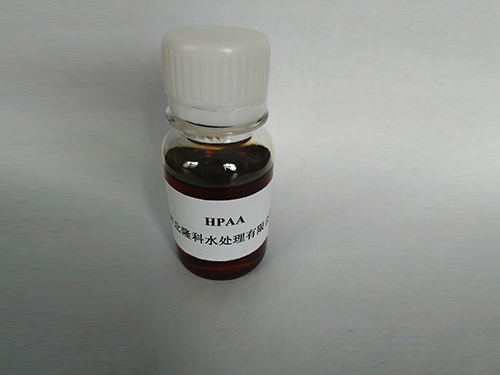diethylene triamine penta methylene phosphonic acid
Diethylene Triamine Penta Methylene Phosphonic Acid Properties, Applications, and Environmental Impact
Diethylene Triamine Penta Methylene Phosphonic Acid, often abbreviated as DTPMPA, is a phosphonic acid derivative predominantly used in various industrial applications, notably in water treatment, oil recovery, and as a scale inhibitor. Due to its unique chemical structure, which includes five phosphonic acid groups, DTPMPA exhibits exceptional chelating properties, making it highly effective in complexing with metal ions.
Chemical Structure and Properties
DTPMPA has a complex structure that allows it to bind effectively with metal ions such as calcium, magnesium, and iron. The presence of multiple phosphonic acid groups provides a higher binding affinity, which is crucial in applications such as water treatment, where these metal ions can promote the formation of scale.
With a chemical formula of C7H18N2O10P5, DTPMPA is a white crystalline powder that is soluble in water
. Its stability allows it to perform effectively under a range of pH levels, making it versatile in various environments. The pKa values of the phosphonic groups indicate that they can remain protonated or deprotonated depending on the solution's pH, giving DTPMPA enhanced versatility in different chemical processes.Applications of DTPMPA
1. Water Treatment One of the primary applications of DTPMPA is in water treatment, where it is used to prevent scale formation in cooling systems, boilers, and pipelines. By sequestering calcium and magnesium ions, DTPMPA ensures that these minerals cannot precipitate and form hard scales, which can significantly reduce the efficiency of thermal systems and water distribution networks.
2. Oil and Gas Industry DTPMPA plays a crucial role in the oil and gas sector, where it helps manage the scaling issues often encountered during extraction and production. The compound aids in maintaining desired pressure levels and facilitates the flow of oil and gas in extraction sites by preventing the mineral buildup that can lead to blockages.
diethylene triamine penta methylene phosphonic acid

3. Detergency The chelating properties of DTPMPA extend to detergent formulations, where it enhances the effectiveness of cleaning agents by binding with metal ions that can interfere with the cleaning process. This application enhances the performance of household and industrial detergents, allowing them to operate effectively even in hard water conditions.
4. Agricultural Use In agriculture, DTPMPA is utilized as a chelating agent in fertilizers, where it can help in the solubilization of essential nutrients, making them more available for plant uptake. This leads to improved plant health and crop yields.
Environmental Considerations
While DTPMPA is integral to various industries, its environmental impact has garnered attention. Like many phosphonic acids, DTPMPA is not readily biodegradable, raising concerns about its accumulation in the environment. Studies have shown that phosphonic acids can persist in water systems and potentially disrupt aquatic ecosystems through nutrient overload.
To mitigate these environmental concerns, industries are exploring more biodegradable alternatives and implementing strategies to minimize the release of DTPMPA into natural waterways. Responsible management practices, along with advancements in green chemistry, are essential for ensuring that the benefits of DTPMPA can be enjoyed without detrimental ecological effects.
Conclusion
Diethylene Triamine Penta Methylene Phosphonic Acid is a vital compound in various industrial sectors owing to its superior chelating and scale-inhibiting properties. While it offers significant advantages in water treatment, oil recovery, and agriculture, its environmental implications require careful consideration and management. As industries continue to innovate, the development of more sustainable alternatives and practices will play a crucial role in balancing the benefits of DTPMPA with the need to protect our environment. This underscores the importance of continuing research and regulatory measures aimed at minimizing ecological footprints while maximizing industrial efficacy.
-
Pbtc Scale InhibitorPBTC: A Scale Protector for Industrial Water TreatmentNewsAug.05,2025
-
Organic Phosphonate: An Efficient Defender in the Field of Scale InhibitionNewsAug.05,2025
-
Hydrolyzed Polymaleic Anhydride: Green Pioneer in Scale Inhibition FieldNewsAug.05,2025
-
PAPEMP Polyamino Polyether Methylene Phosphonic Acid For SaleNewsAug.05,2025
-
Flocculant Water Treatment: A Pioneer in Purification in the Field of Water TreatmentNewsAug.05,2025
-
Benzyl Isothiazolinone: An Efficient and Broad-Spectrum Antibacterial Protective GuardNewsAug.05,2025





